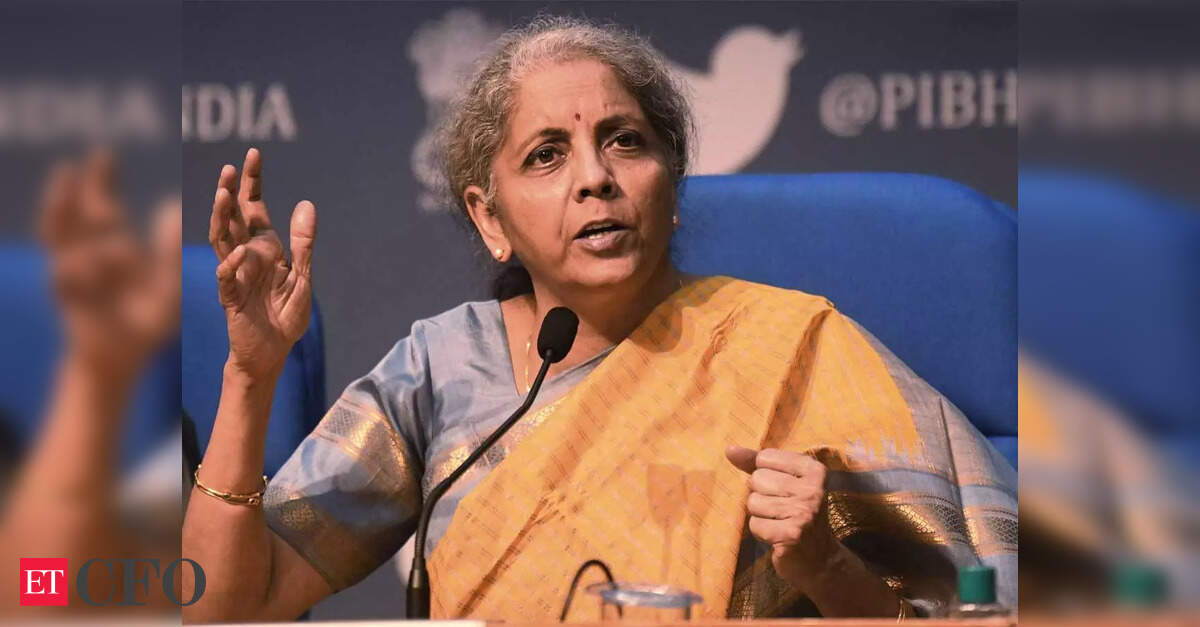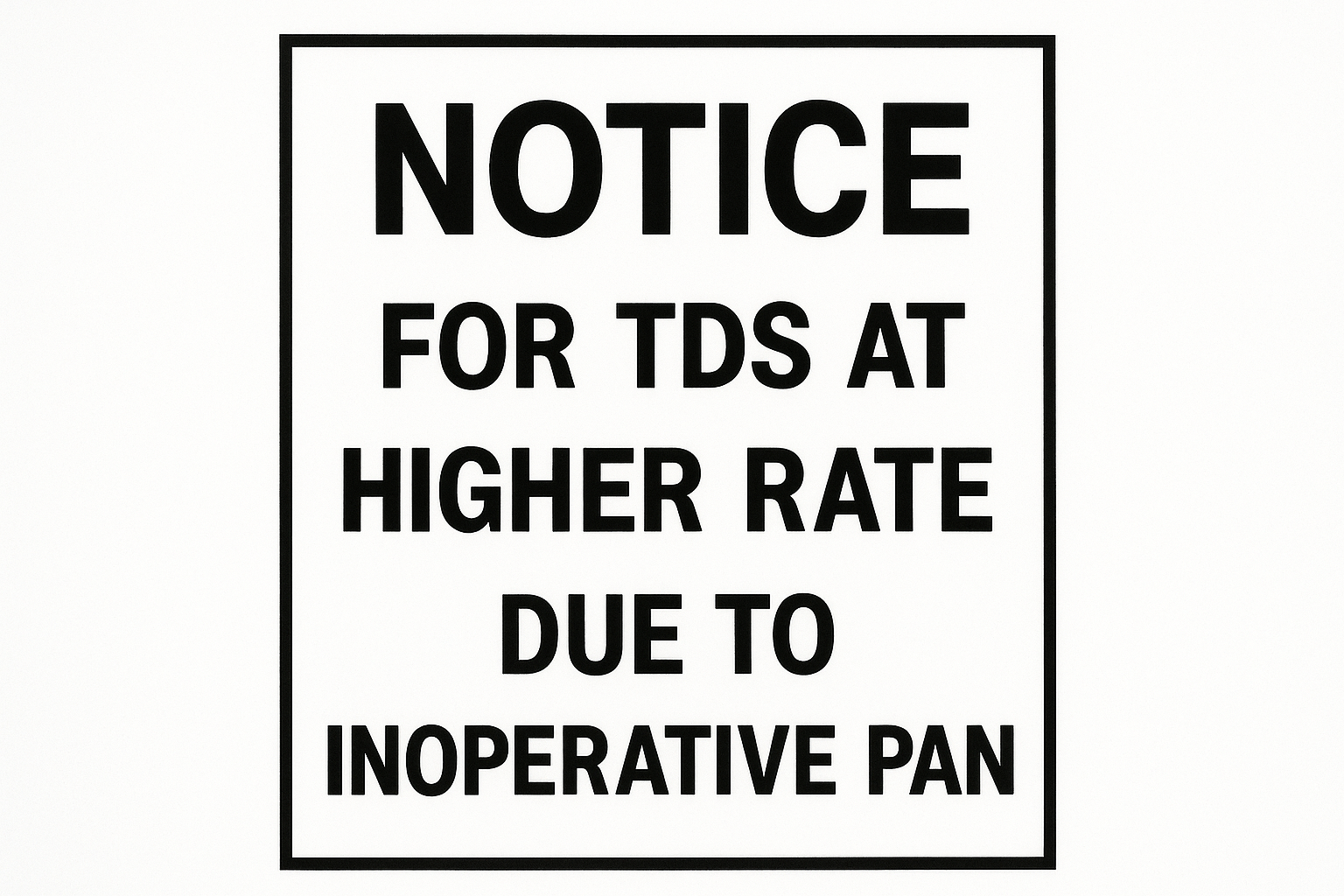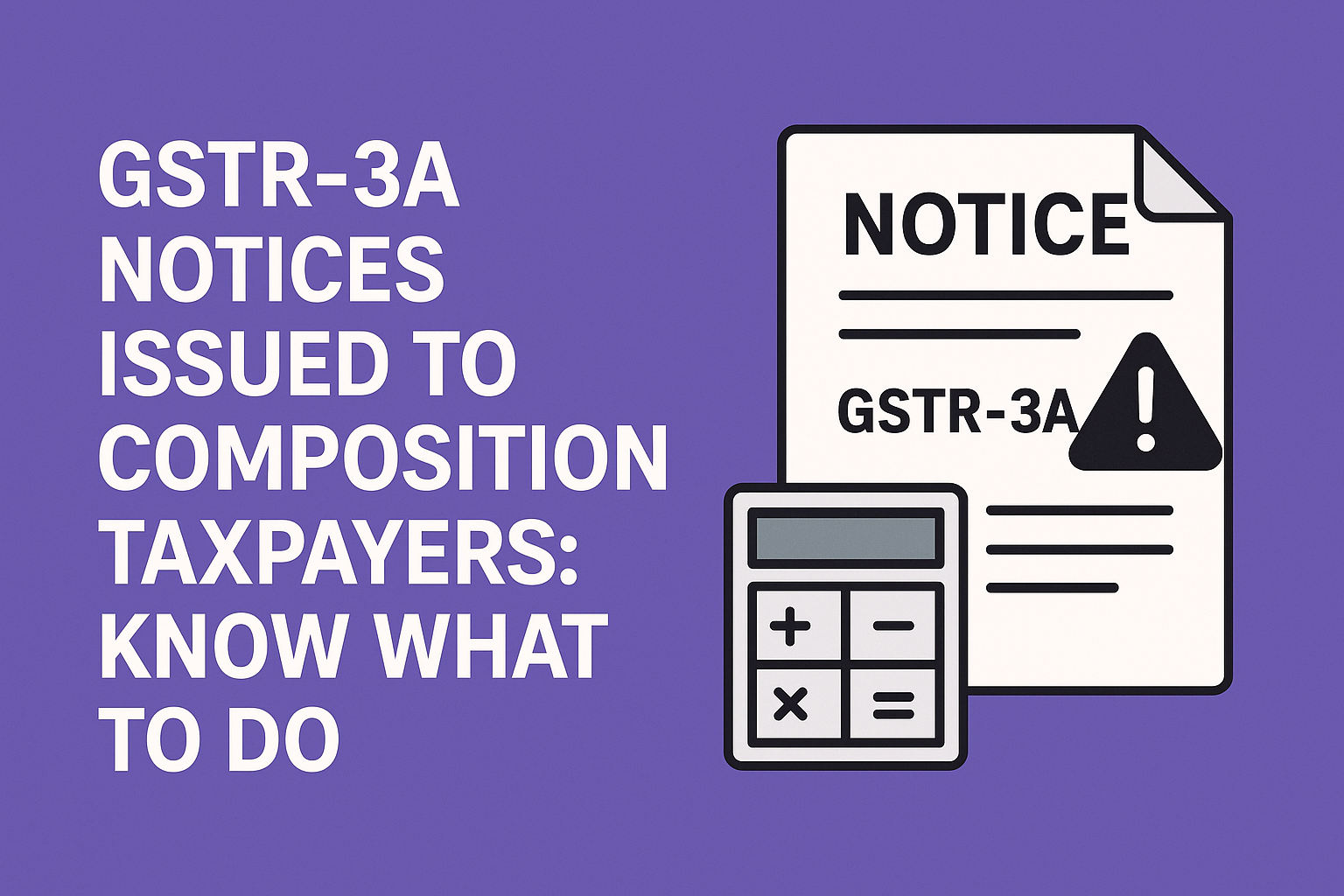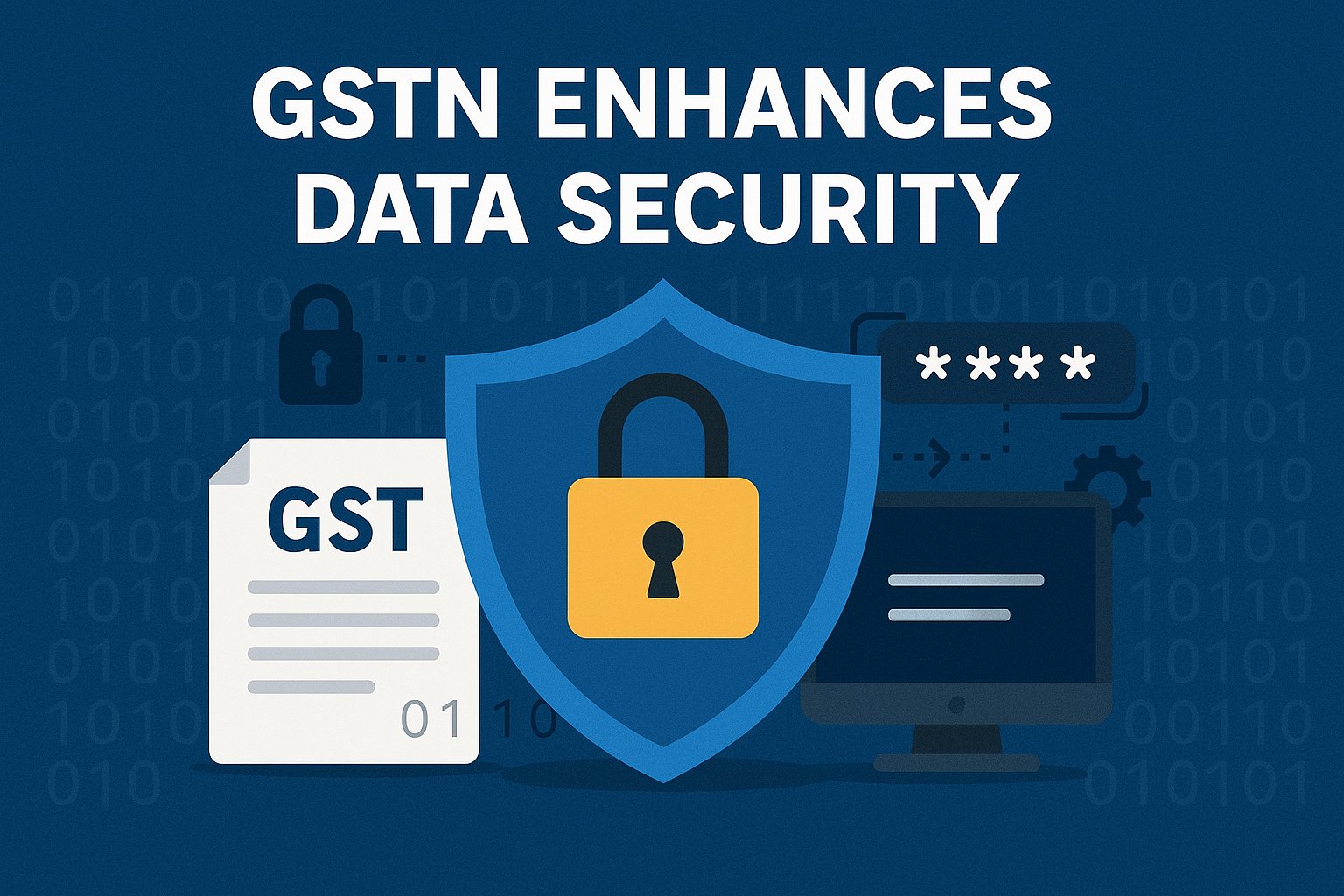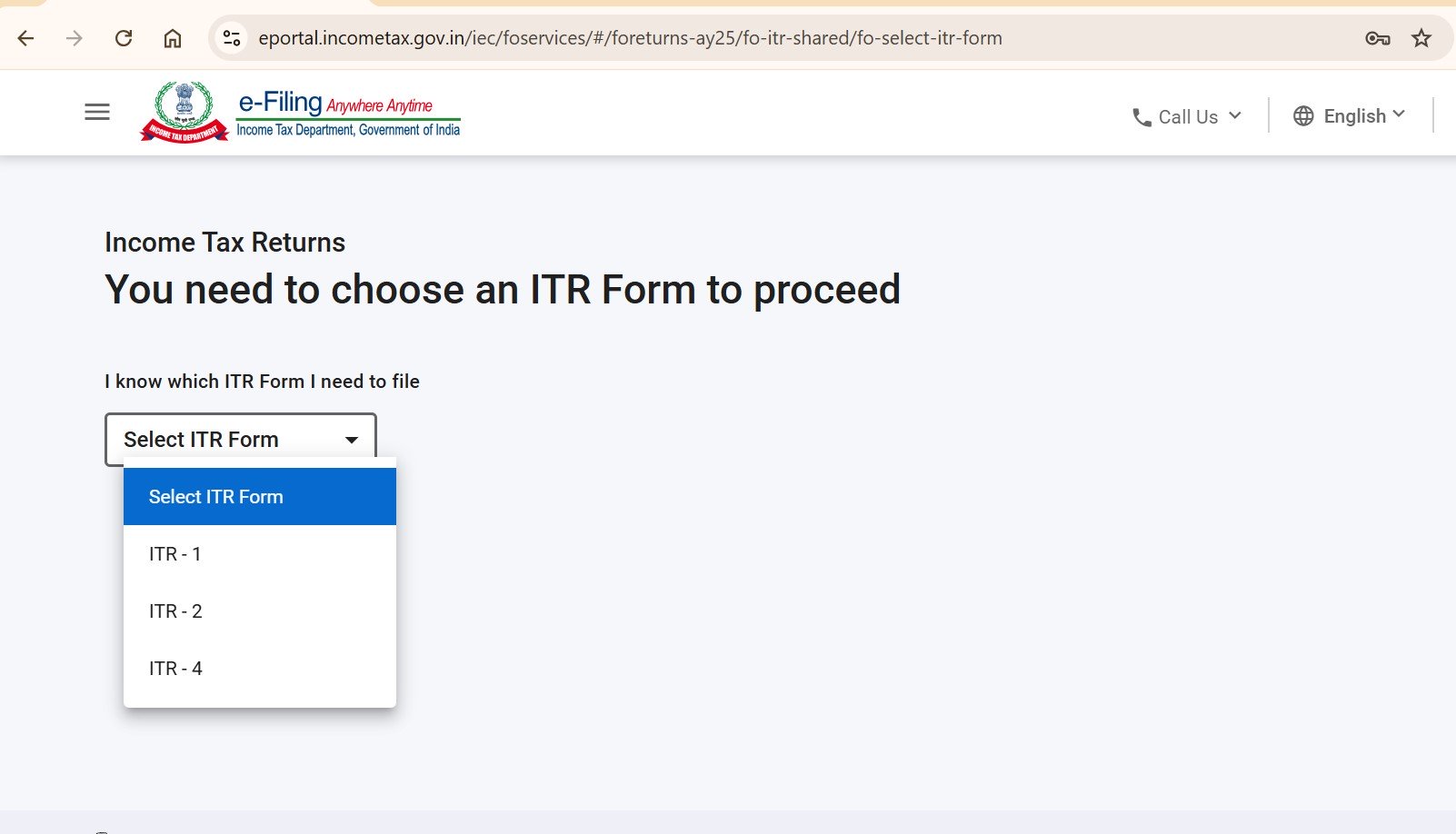When Veena Mathew sent her 23-year-old son to pursue Computer Science in London last year, she didn’t just take on a ₹50 lakh education loan – she also had to navigate India’s complex tax collection system on foreign remittances.
But Union finance minister Nirmala Sitharaman’s latest budget brings some relief to parents like Mathew, who finance their children’s overseas education through loans.
The budget has removed the Tax Collected at Source (TCS) on foreign education remittances when funded through loans from specified financial institutions. Previously, such transactions attracted a 0.5% TCS on amounts exceeding ₹7 lakh. The minister also raised the general threshold for TCS on overseas remittances from ₹7 lakh to ₹10 lakh, though non-loan funded education payments will still attract a 20% TCS above this limit.
“Foreign education cannot ever be a right reserved for the rich,” said Mathew, a schoolteacher in Rajasthan with an annual income of ₹8 lakh. “The middle-class parents also dream to send their children abroad for study and ensure a better future for them.”
For families funding education through loans, the savings could be significant. The removal of TCS on loan-funded remittances could save families between ₹45,000 to ₹60,000 on remittances up to ₹10 lakh, providing some relief from the heavy financial burden of overseas education.
To be sure, TCS remittances can be clawed back as refunds when the person paying tax files a return.
The changes, in general however, offer limited comfort to those facing broader challenges in financing international education. Mathew said that her son’s application for Rajasthan’s Swami Vivekananda Scholarship for Academic Excellence faced delays and was eventually rejected, forcing the family to take a private bank loan at 12% interest.
“We didn’t pay the fees yet but we have to start paying from next month,” said Mathew, who is now considering selling property to meet the obligations. “Even if the TCS reduces a bit of my burden, it would be now a lot for me.”
The TCS relief for overseas education aligns with the budget’s broader vision of “Viksit Bharat,” which emphasises access to “hundred per cent good quality school education” as a key pillar. In her speech, Sitharaman outlined several domestic education initiatives, including broadband connectivity to all government secondary schools, 50,000 new Atal Tinkering Labs, and a ₹500 crore Center of Excellence for Artificial Intelligence in education.
For Mathew and other parents, this policy shift on overseas education remittances comes alongside other middle-class focused measures like zero tax up to ₹12lakh income and simplified tax return filing.
The relief on the general threshold for foreign remittances will help those making overseas payments in general.
Experts, however, cautioned that the ₹10 lakh threshold applies collectively to all foreign transactions in a financial year, not individually. “If you spend ₹6 lakh on a tour package and later invest ₹4 lakh in foreign stocks, any subsequent foreign remittance that year will attract TCS at applicable rates,” said Expert.
Visit www.cagurujiclasses.com for practical courses


